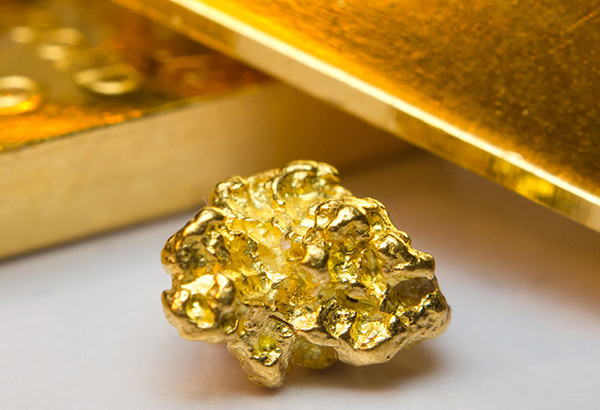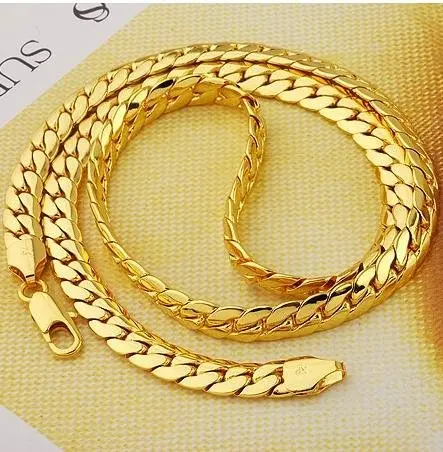Measuring the Purity: Learn All About the Main Differences Between Different Karats of Gold
Whenever you hear or read the term ‘karat,’ you should start thinking about how the purity of gold is measured. Before you know the difference between the different karats of gold, it would be imperative first to understand what karat stands for. Therefore, karat is basically a unit that’s used in the measurement of gold’s purity. That is to say, and when the karate is high, then the gold is purer. Below is all about the main differences between different karats of gold.

1) 24K gold
24K gold is pure gold, or call it 100% gold. That means that this type of gold is pure, and no other traces of metals can be found. It’s always tested to be 99.9 percent pure, and it has a bright yellow color. Before you start walking to your dealer, you must know that 24K is the higher form of gold that may take advantage that you don’t know. Of course, everything that’s pure has to be expensive. Therefore, this type of gold is more expensive than any other gold type, like 22 or 18K. However, 24K gold is less in density than the other types of gold, making it soft and pliable. Sadly, because of that, it’s not the best for jewelry. Instead, coins and bars are the ones that are bought from this type of gold. You can use 24K gold to make electronics and medical devices used for kids with ear problems. These devices improve your child’s aeration of his or her middle ear.
2) 22K gold

If you’ve gone through 24K gold and you’ve understood it well, then you’ll have no problems understanding 22K gold. Why? When you talk of 22K gold, only 22 parts are gold, while the rest of it is a compilation of other metals. That also means only 91.67 percent is pure gold. This type of gold is, therefore, suitable for the making of jewelry items. The most challenging part of gold is checking gold purity. You might be asking yourself, “but where are the 8.33 percent?” Well, the 8.33 comprises nickel, silver, zinc, and other alloys. And another question may pop up in your head, “what then makes 22K gold suitable for the making of jewelry?” The answer is that the addition of other metals in 22K gold makes it harder, making it the best to make jewelry. Sad news, though. As much as 22K gold may be the best for jewelry, it will not be the best for diamonds or heavy jewelry.
3) 18K gold

As we go down, the quality of gold goes down by 25 percent. So, 18K gold is just 75 percent pure. 25 percent goes to other metals like copper. You realized that 22K gold could not make heavy studded jewelry, but with 18K gold, it’s the perfect match, and it’s also cheaper compared to 22K and 24K gold. 18K gold is slightly dull in color compared to 24K gold, bright yellow in color. Identifying the 18K type of gold is much simpler. Always, you’ll notice that it’s stamped with either 18K, 18k, or 18Kt. In some cases, you may find that 18K gold has been marked with 750, 0.75.
Bottom Line
Now you know the different types of gold and that if someone ever asks you what karat is, you’ll have something to discuss with him or her. If you’re going to buy any of these types, you also know where the prices range.











